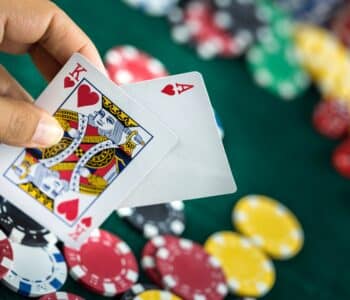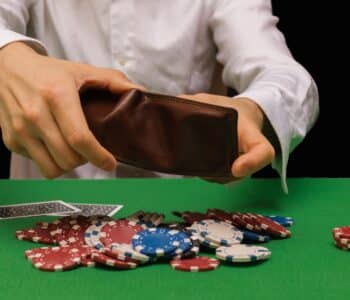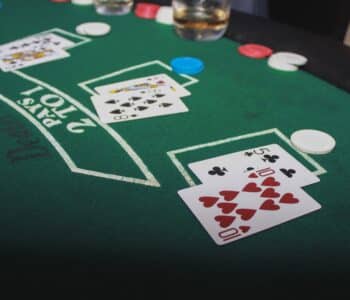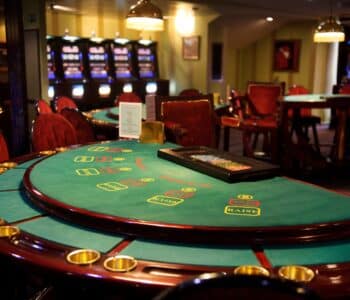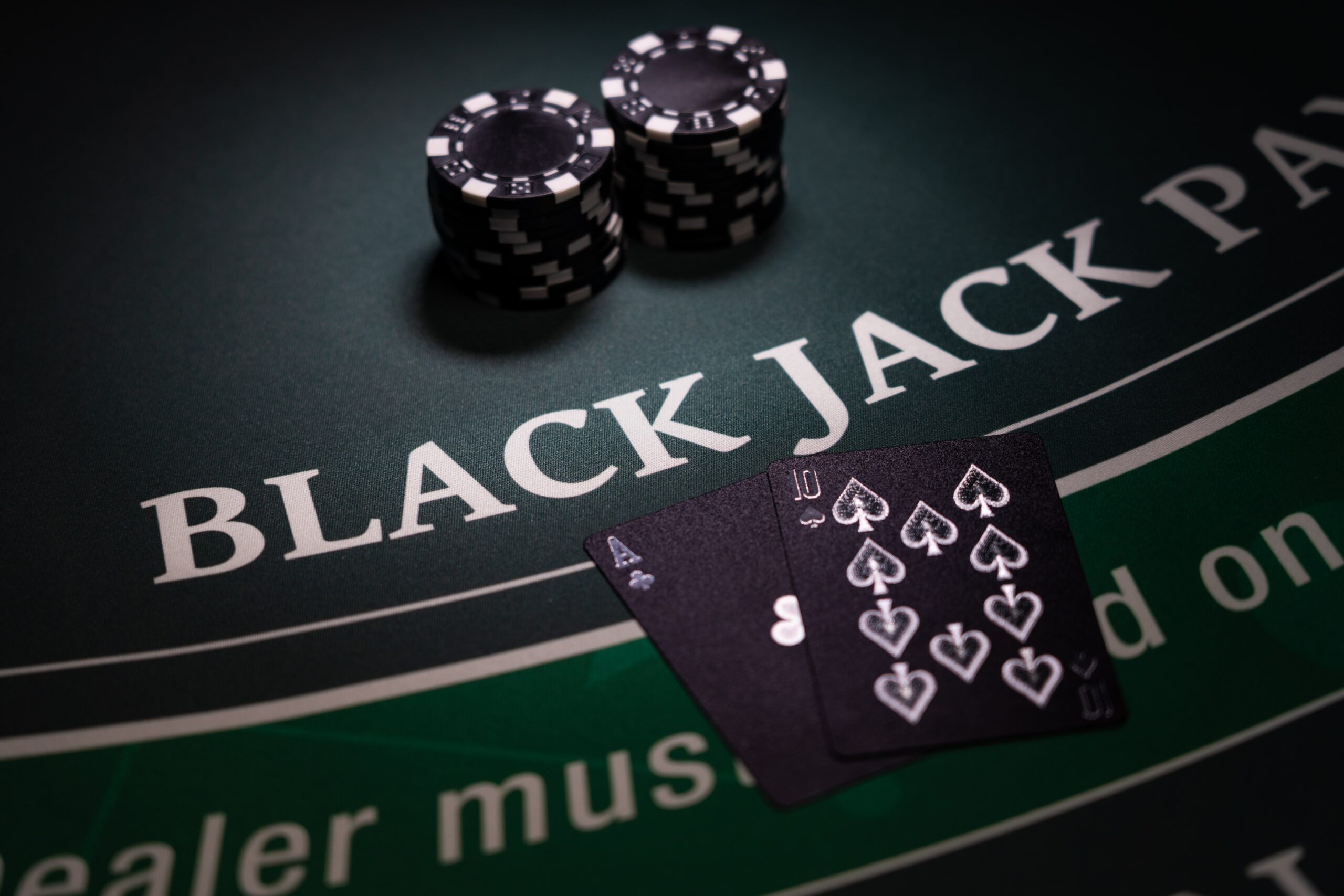 Blackjack Games
Blackjack Games
A Brief History of Blackjack
A brief history of blackjack can be a fascinating subject, and one that can be a lot of fun to explore. As you will see, there are many different aspects to this game, including card counting, the Vingt-et-Un system, and even a method known as the Optimum strategy. It can also be fun to look at how the game has changed over time, and learn about some of the great players who have come along in the game’s evolution.
Vingt-et-Un
Vingt-et-Un, also known as Twenty-one in French, is the predecessor of the modern game of Blackjack. It is usually played with two to six players.
The game of Vingt-et-Un was developed in France in the mid-18th century. Aristocrats and other wealthy people played the game. As the popularity of the game spread across the United States, it became known as Blackjack.
Players who get a “Natural” hand, with an Ace and a ten-point card, are awarded “Blackjack.” The player receives a bonus of ten to one. However, this is a temporary bonus. If the dealer hits a bust, the player will lose the original stake.
Although the game of Blackjack originated in the United States, the game has its roots in the French casinos of the 1700s. In fact, the first known blackjack games were played in France.
Some experts argue that Vingt-et-Un was the original version of Blackjack. Others argue that the modern game of Blackjack is the direct descendant of the French game.
Despite these differences, both Blackjack and Vingt-et-Un are popular in casinos all over the world. However, Vingt-et-Un rarely appears online.
When playing the game of Blackjack, the goal is to beat the dealer by getting closer to 21 than he does. Depending on the game rules, a player can either Hit or Stand. Once the dealer has made a decision, he will deal the next cards.
Before the mandatory rules of the game of Blackjack were in place, the dealer was free to make his own decisions. The dealer had the option to double his bet.
However, in the early years of the game, only the dealer could double. He had to pass if he was within the limit of twenty-one.

Stanford Wong
Among the most famous gambling experts is Stanford Wong, a long-time blackjack player who is a graduate of the prestigious Stanford University. He is also a mathematician, computer expert, and author. In addition to writing a number of books, he has been featured on several TV shows, giving expert advice on card games.
Stanford Wong got interested in the game of blackjack when he was just twelve years old. His interest in gambling grew as he grew older and he began learning the art of card counting. Eventually, he became a professional gambler. After college, he went on to earn a PhD in Statistics from Stanford. He has published several gambling books, and he is one of the most successful poker players of all time.
In order to figure out the rules of the game, he used a calculator. Then, he compared his calculations with those of another famous book on the subject, Beat the Dealer. Eventually, he came up with a new formula with complicated statistics.
At 21, he started to regularly practice his newfound skill of card counting. This led to his creation of a software program that could analyze probability odds of different variations of blackjack.
One of his more famous gambling books is Professional Blackjack. The book was originally self-published, and later it was published by the Gambler’s Book Club in Las Vegas. It was subsequently revised and updated.
As a result, it has been in print for more than thirty years. While he is best known for this book, Wong has published many other gambling books. These include Professional Video Poker, Tournament Craps, Betting Cheap Claimers, and Optimal Strategy for Pai Gow Poker.
Edward O. Thorp
In the late 1950s, a math professor by the name of Edward O. Thorp developed a winning blackjack strategy. He wrote the book, “Beat the Dealer”, which helped millions of amateurs and professional gamblers to win.
After his success with Blackjack, he started investing in the stock market and became a successful hedge fund manager. He also worked as a professor of mathematics and finance at the University of California, Irvine, and New Mexico State University.
Edward was a devoted and prolific blackjack player. He won $11,000 in 30 hours of play and is known to have earned a fortune from gambling.
He became a prominent figure in the blackjack world and was inducted into the Blackjack Hall of Fame in 2002. His book, “Beat the Dealer”, inspired countless gamblers to try card counting. Today, he is considered to be the father of advantage gaming.
His research led to the creation of the world’s first basic-strategy card. This small laminated rectangle tells players when they should or should not play a hand of blackjack.
In the early 1960s, he created a computer model which proved that the odds of winning increased when the number of cards in the deck were reduced. Using his model, Thorp devised a system for betting higher when the remaining cards were advantageous and lower when they were disadvantageous.
While playing at a blackjack table in Reno, Nevada, Thorp began noticing that the odds of the game were different than those of other casino games. Eventually, he deviated from the basic strategy and began investigating theories of probability.
Ultimately, he discovered that the only way to beat the odds was to use his mind to create strategies. This led to the development of a simple, mathematically sound card-counting system.
Optimum strategy
The optimal strategy for blackjack varies from casino to casino. It’s not as simple as “hit or stand”. To get the most out of your game, you should play a variety of games and variations. Some tables restrict double downs and splitting.
Using the right strategy, you can win more money over the long haul. One of the best strategies is to be conservative. Avoid making rash decisions and always aim for a final score that’s at least as good as the dealer’s. This might mean a bit of gambling on a side bet.
The optimum strategy for blackjack may vary from table to table, but there are a few rules to follow. Make sure you read the rules of the game before you begin.
For instance, don’t use the house’s upcard to hit. You might want to rethink this. A better play would be to split your Aces. While this might cut your losses, it will improve your winnings.
The optimum strategy for blackjack also requires the proper bankroll. Your bankroll must be large enough to cover your bets for the entire game, but it must not be so large that you can’t afford to gamble when you have a hand that isn’t going your way.
Optimum blackjack strategy is a complex subject and will require you to do some research before you jump in. There’s no one correct way to play, so it’s important to choose a strategy based on your own personal preference.
When you are ready to take the plunge, try a basic blackjack strategy to boost your chances of winning. You can even do it online.
Card counting
Card counting in the history of blackjack is a technique that is used by gamblers to determine whether they have a favorable advantage or not. When the player is in a favorable position, he increases the amount of bets. On the other hand, when the player has an unfavorable position, he reduces the amount of bets.
In the early 1960s, a mathematician named Edward O. Thorp formulated a card-counting system that proved to be mathematically sound. The system was called the Thorp Ratio and was based on the concept of dividing the cards by the number of tens remaining.
Using the system, a player would aim to get twenty-one points. If the player did, he was awarded a double win, and if not, he lost his bet.
This system was later incorporated into Thorp’s book, Beat the Dealer. It was later named the Hi-Lo Count.
After the release of his book, Thorp’s name was forever linked to card-counting. Casinos became interested in the method and began to incorporate it into their games.
After a decade of playing blackjack, he won a number of significant bets, including hundreds of thousands of dollars in Las Vegas. He started a book, Million Dollar Blackjack, in 1982.
A book of mug shots of suspected card counters was also published by Griffin. This helped the casino find out if their players were legitimate. Later, the agency compiled a database of jackpot winners and other possible fraudsters.
Ultimately, the agency was able to catch players in their disguises. They used biometric technology to do this.
The proliferation of casinos, especially in Las Vegas, has thinned out talent in the surveillance room. With the help of computer technology, however, blackjack players have been able to adapt their strategies.



